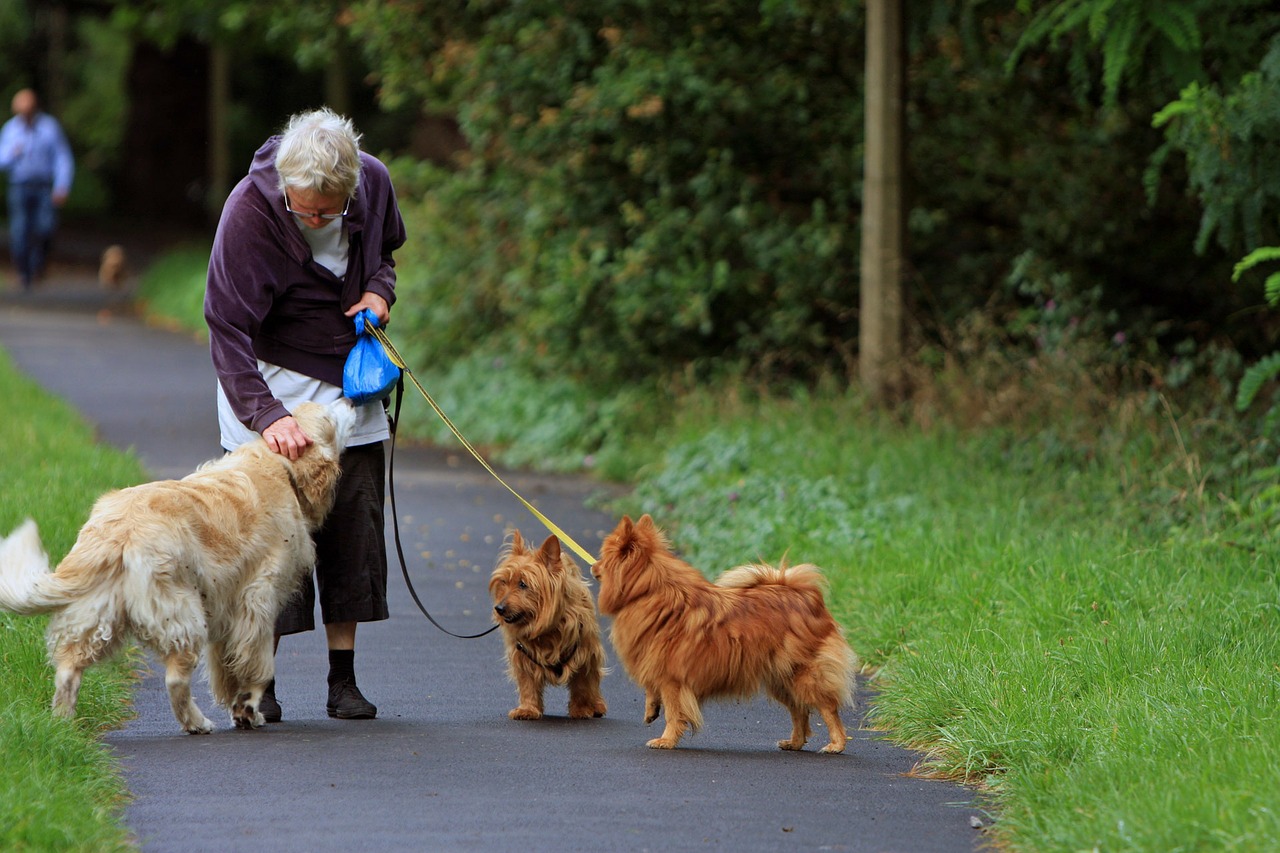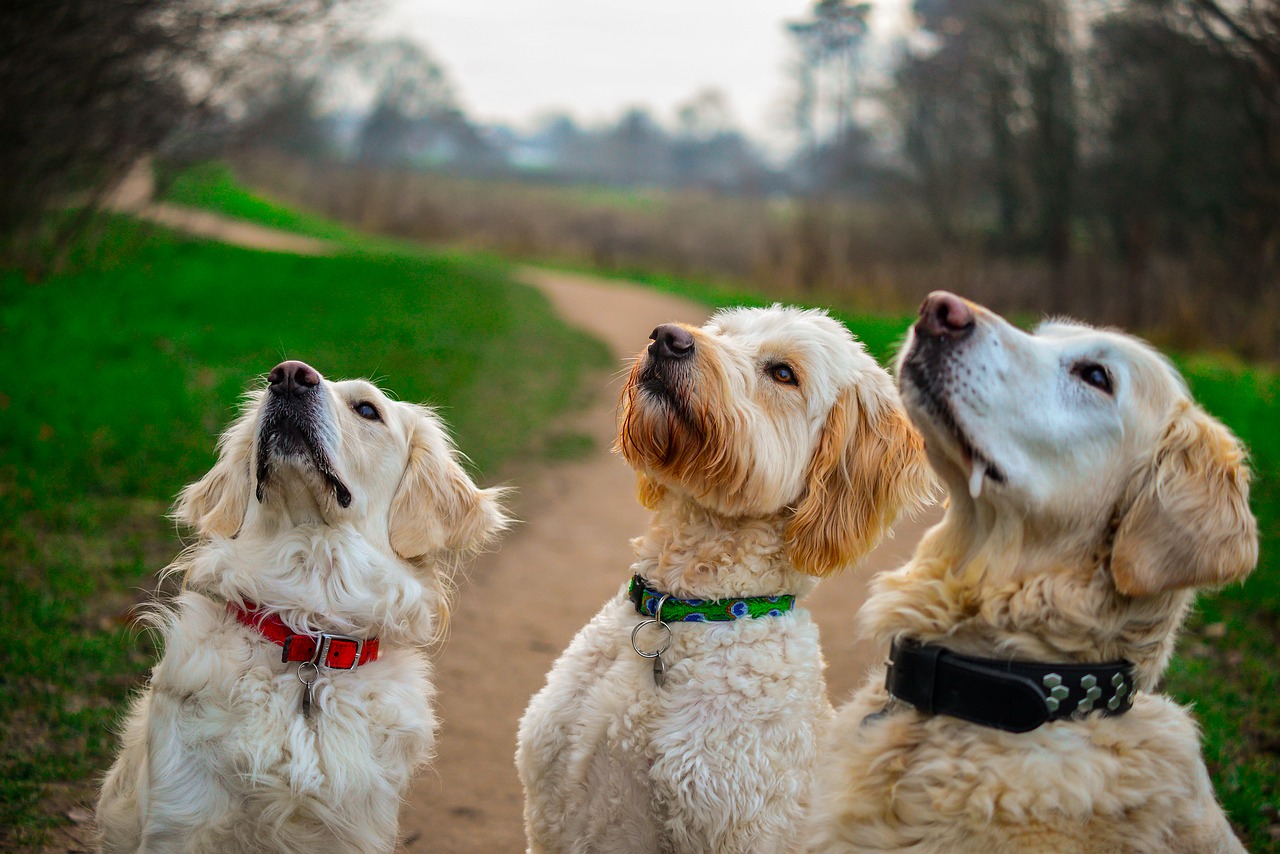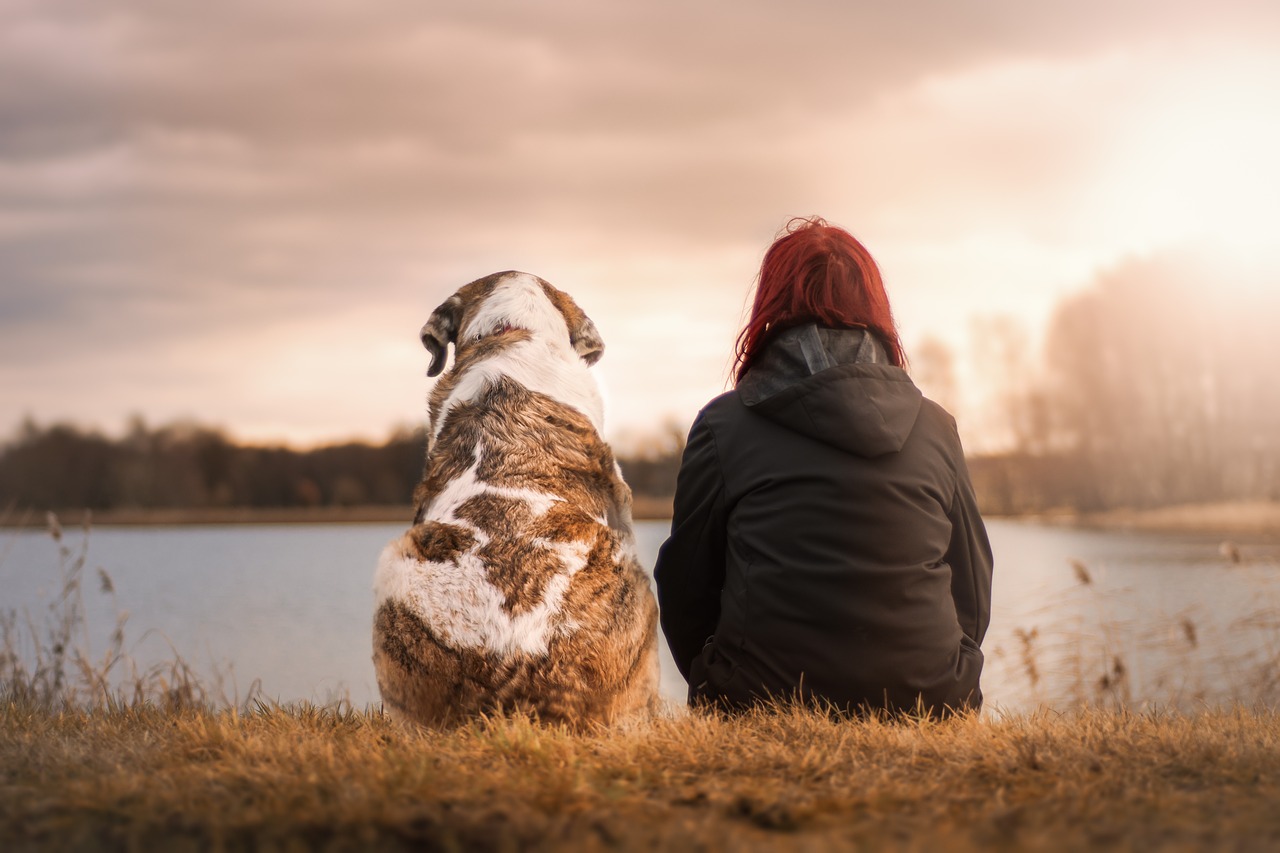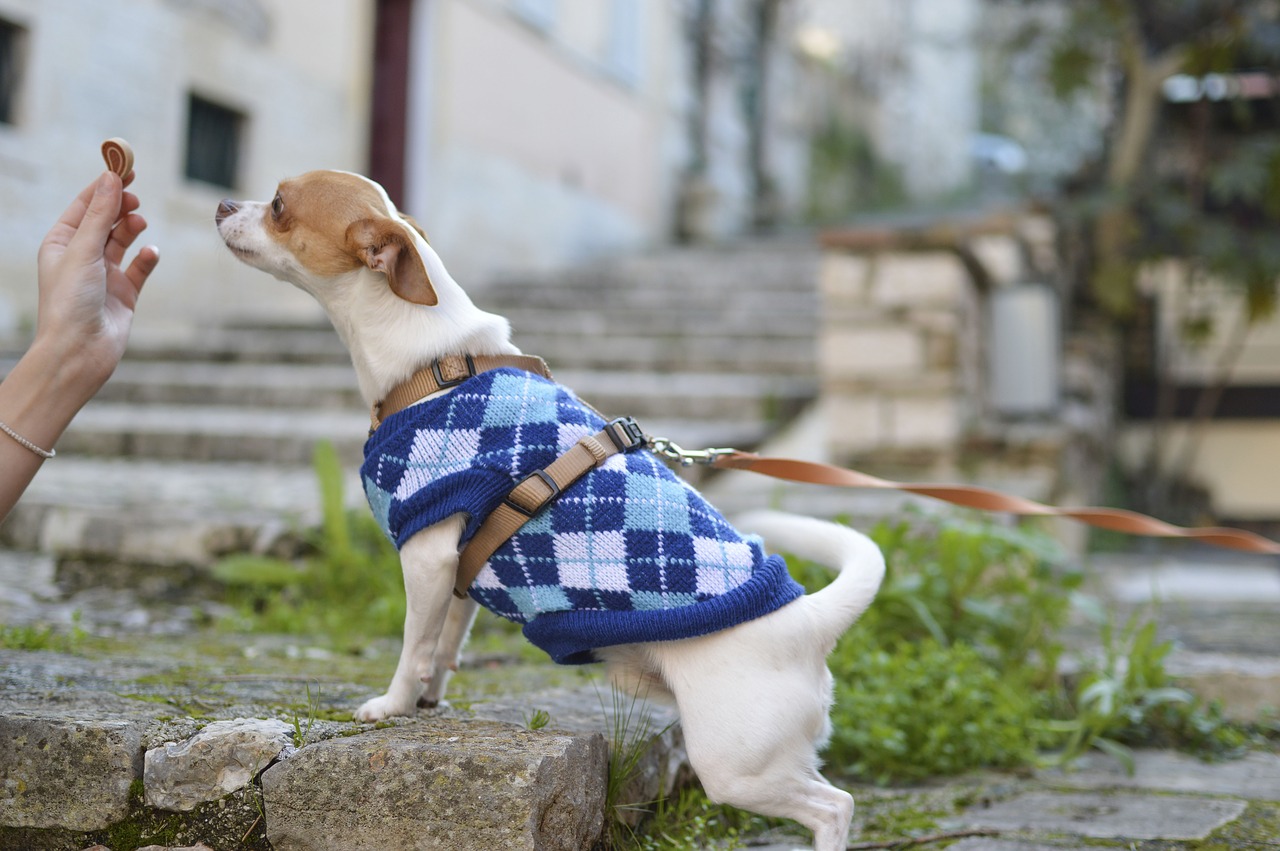7 Step-by-Step Instructions on How to Teach a Dog Its Name
Speaking a dog's name is a way to gain their attention. When you first adopt or purchase a dog, or raise a puppy, you might wonder exactly how to teach a dog its name. Since this is one of the most important things for a dog to know, it is imperative that you begin name training immediately. Name recognition is necessary for getting the dog's attention, recall, and a variety of other commands. Each time you give the dog a command, you should be using its name. This can also help you if you have more than one dog.
Not all trainers agree on how to teach a dog its name. This does not mean that any particular way is wrong, but different breeds have different learning curves and every dog has its own personality. The method you use will depend on your dog's overall intelligence and learning style. Ultimately, you will need to try different ways until you find one that works for your dog. Here are step-by-step breakdowns of two of the most popular ways to teach a dog its name.
How to Teach a Dog Its Name Using the Name Game

Image by Karen Arnold from Pixabay
The name game method is one of the American Kennel Club's recommended methods. Although repetition is key to teaching any command, it is important to make it fun for both you and your dog. One way to make name training fun is to make it a game. Here is how to teach a dog its name using the name game.
Step 1:
Find a small soft treat that your dog loves. If the dog is a puppy or new to you, then this step might take some trial and error. Remember that different dogs like different things and just because one dog likes a treat does not mean this dog will. Having a treat that excites your dog is very important. It is also important that the treat is small; after all, you do not want your dog to be overfull or gain weight during the training process.
Step 2:
Decide where you want to play the name game. Depending on where you are playing, you may want to have the dog on a leash or off leash. If you are playing off leash, it is best to do it in a small fenced or enclosed area to avoid distractions or dangerous situations. The place you choose should be relatively familiar and somewhere you can easily handle the dog, especially if you are training off leash.
Step 3:
Decide whether you want to use a leash. Leashing can be helpful for gaining the dog's attention but it is also important for the dog to recognize its name without prompting with a tether. Remember, when the dog is off leash, you will need to be somewhere enclosed such as a bedroom or enclosed porch.
Step 4:
This step requires a bit of observation and patience. You need to wait until the dog is not looking at you. It can be particularly difficult if the dog knows that you have treats or food especially if the dog is food motivated. Some people find it necessary to ignore the dog until it gets distracted by something else.
Step 5:
Once the dog is looking away from you, say the dog's name in a happy and excited tone. When the dog turns to look at you, use a reward phrase such as "good job" or simply "good dog." Reward phrases help the dog to understand that it is doing the right behavior and will eventually be a reward all on its own.
Step 6:
Immediately feed your dog a treat when it looks at you. This is an extremely important step in how to teach your dog its name using the name game. The immediate reward will not only help your dog associate its name with good things, but it will also help you establish the reward phrase mentioned earlier.
Step 7:
Repeat the previous steps. Soon the association will be established and your dog will come to you for a treat when it hears its name. Gradually increase the number of distractions as your dog begins to learn its name. This will help teach the dog recall commands during a distracting or dangerous situation.
The great thing about using the name game is that you can do it anywhere and at any time. Many people will play the name game while sitting around the house or even at a dog park. Remember to increase the level of distraction and decrease the number of treats. The first time you use the name game method keep the distractions at a minimum and give a treat every time the dog turns to look at you. As the dog becomes more responsive to its name, you will want to decrease the number of treats. Remember to always use the reward phrase.
Use Positivity Not Negativity
Similar to the name game, you will use treats to reinforce the behavior. It is important to use positivity so the dog associates its name with great and wonderful things such as attention, food, or even your happiness. Since a dog usually wants to please you, positivity is the way to go. If you use negativity, the dog will associate its name with negative things. This is something you absolutely do not want since you will be using its name to teach other commands. This is how to teach a dog its name using positive reinforcement.
Step 1:
Select your dog's favorite treats and have them in hand. Like the name game, this may be done either on a leash or off of a leash depending on the area you are in. If you are not in an enclosed space or have difficulty gaining your dog's attention, you can use a leash to help prompt the dog. You do this by gently tugging on the leash after stating the dog's name so the dog turns towards you. Do not pull hard and only use prompting when absolutely necessary.
Step 2:
Say the dog's name and immediately speak a reward phrase such as yes or good dog and give it a treat. It is important to immediately reward the dog by speaking the reward phrase and giving it a treat the first few days that you practice. Later, when the dog becomes more familiar with its name, you can ease off the treats and just use the reward phrase.
Step 3:
You should then wait a few seconds and repeat the process. Do this several times a day. Once your dog becomes more familiar with its name, you can wait until the dog is distracted and then use its name. If the dog turns towards you, then give it a reward.
Step 4:
As the dog becomes more responsive to its name, increase the distractions and decrease the number of treats. Remember to always use the reward phrase even if you are not giving a treat.
Other Tips and Tricks on How to Teach a Dog Its Name

Image by Capri Tography from Pixabay
Here are some other important tips and tricks on how to teach a dog its name:
- Always use its name in a positive manner
- Repetition, repetition, repetition
- As the dog learns, increase the distractions available
- Gradually decrease the number of treats you give per use
- Add other commands using the dog's name first such as "name, sit," "name, stay"
- Never ever use the name in a negative manner or to yell at the dog when you are learning how to teach a dog its name. This leads to a negative association with its name and it will not want to come to you or pay attention if it thinks it is just going to be yelled at.
- Always use a reward phrase such as "good dog" or "yes"
- When using a reward phrase or giving a treat, do so immediately after the dog responds to its name
- Keep reward phrases short
Conclusion

Image by Sven Lachmann from Pixabay
Learning how to teach a dog its name is one of the most important things that you can do when you first get a dog. It does not matter if it is an adult dog or a puppy; name recognition is how you will build other commands. No matter which method you use, never use the name and then give a negative response. If you do, the dog will associate its name with negative things.
You always want your dog's name to mean something wonderful is about to happen, such as getting a treat, praise, or attention. Once your dog learns its name, it will be easier to teach other commands such as stay, come, go, or sit. Each of these commands should follow the dog's name to gain the dog's attention. It can also help to differentiate between dogs if you have more than one. Remember to make it fun for both you and your dog; dog training does not have to be a chore.




